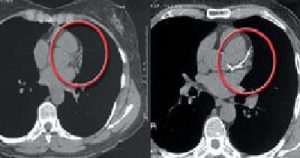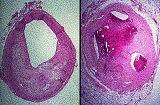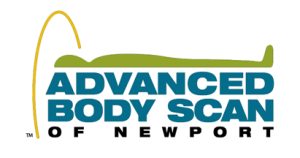The EBT Heart Scan
About Heart Disease

Every 60 seconds, someone in this country suffers a fatal heart attack. Two out of every three first time heart attack victims had no prior warning symptoms. For one out of every three first time heart attack victims, that heart attack was their last. Don’t let appearances fool you. A recent medical study found that 88% of new heart attack victims would have been classified as low to intermediate risk according to their pre-event risk factors. Every day, seemingly healthy individuals with low cholesterol, who maintained a healthy diet and exercise program and who passed annual physical exams and treadmill testing suffer fatal or debilitating heart attacks. Heart disease is by far the number one killer of both men and women in the U.S., causing 43% of all deaths.
Why EBT?
The only heart test you need

Mammogram of the Heart
Who should consider getting a EBT Heart Scan?
- Men over age 35
- Women over age 45
- Younger age if there is a history of premature heart disease in the family.
- Current or Former Smoker
- Diabetic
- Elevated Cholesterol
- High Blood Pressure
- Overweight
All individuals being considered for conventional coronary angiography as a result of either symptoms (chest pain or angina) or positive or inconclusive exercise (treadmill) testing.
Individuals who have had bypass surgery, angioplasty or atherectomy, and need a re-evaluation of the condition of the revascularization(s) (bypass graft or stent patency).
Individuals who have had bypass surgery, angioplasty or atherectomy, and are experiencing new symptoms (chest pain, shortness of breath, fatigue, etc.).
All Individuals with an unexplained cardiomyopathy
For localization of the coronary sinus prior to pacemaker placement.
Other indicators: Evaluation of Congenital Heart Disease, annual follow-up of patients after heart transplant, Coronary vein assessment, pacemaker placement.
